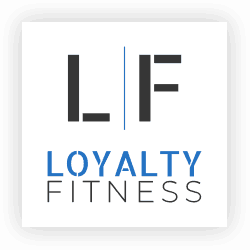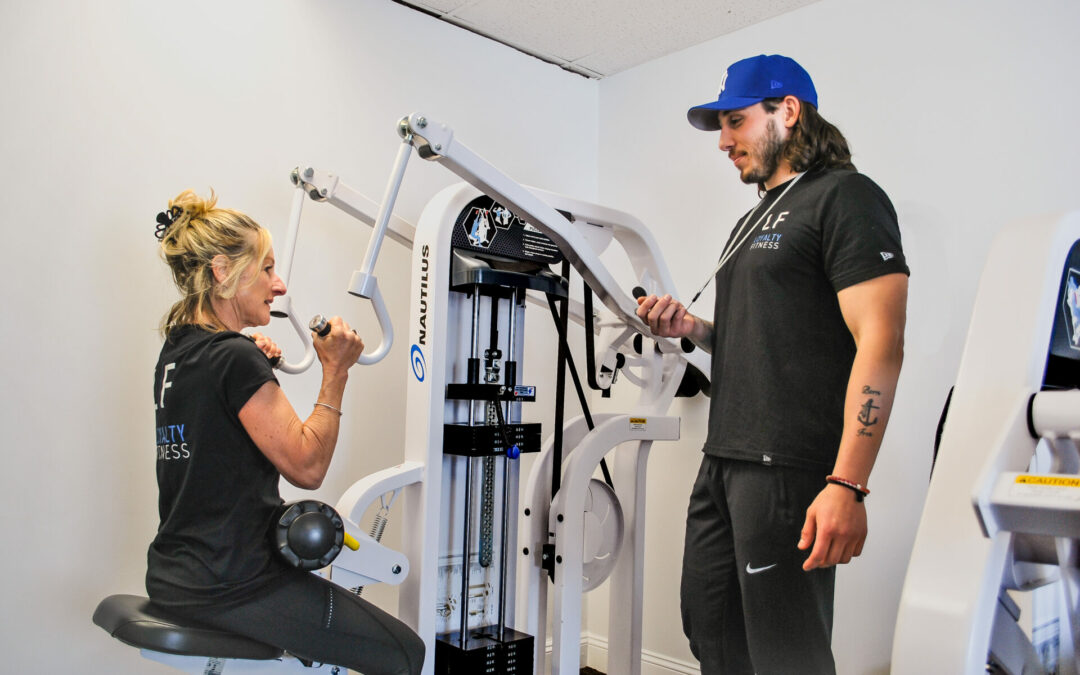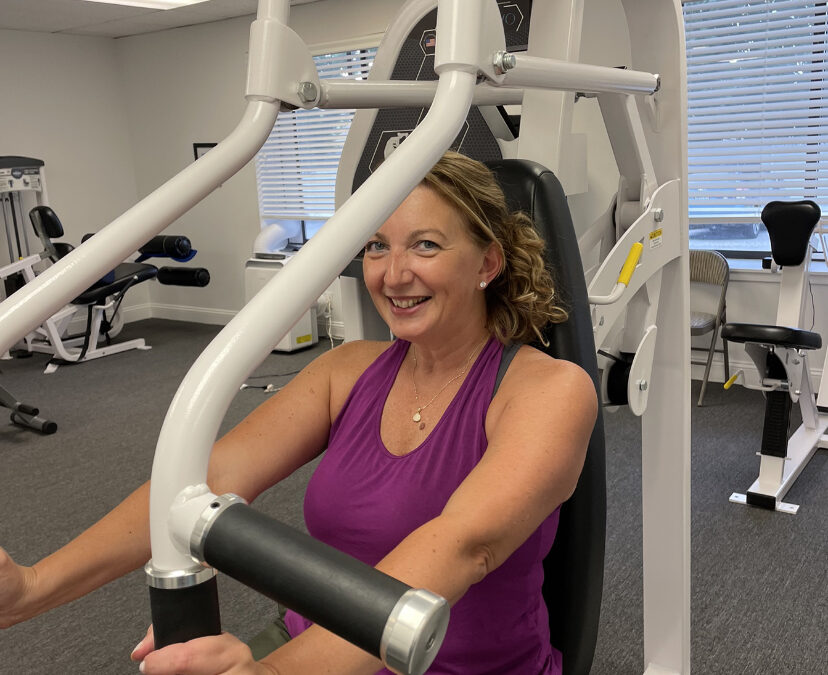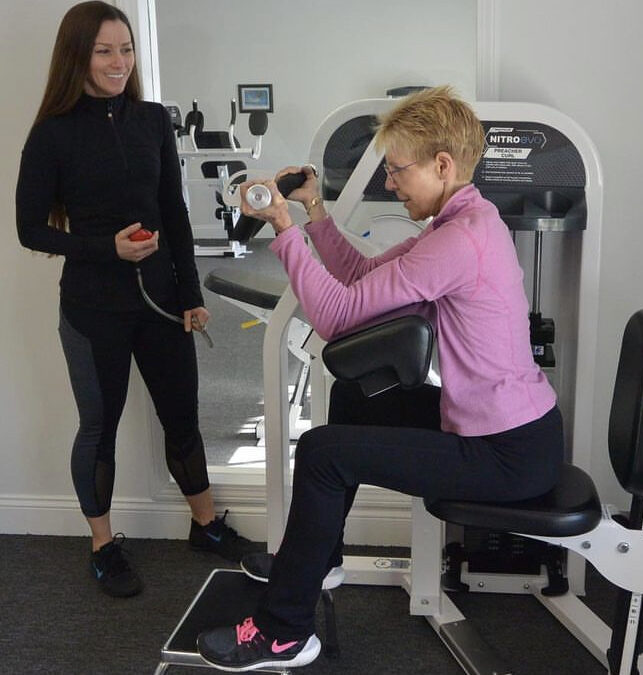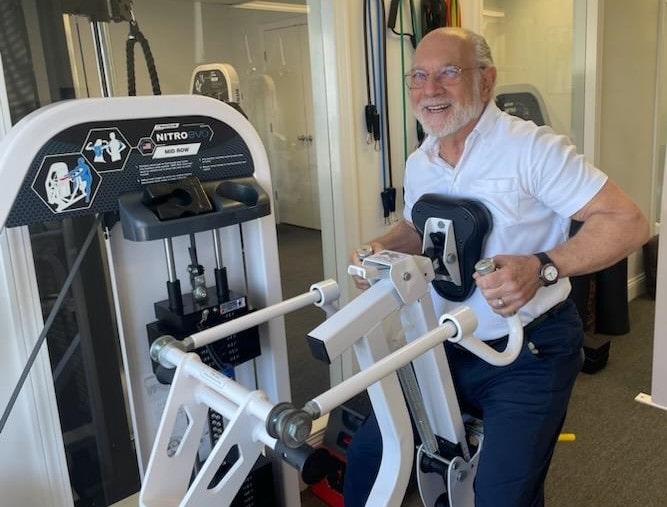Starting your fitness journey can be intimidating, especially if you’re new to the gym environment.
With so many options available, it can be overwhelming to decide where to begin. Private gyms, like Loyalty Fitness, offer a unique and supportive environment that is particularly beneficial for first-timers.
Here’s why choosing a private gym can be the best decision you make for your fitness journey.
Personalized Attention
One of the standout features of private gyms is the personalized attention you receive.
At Loyalty Fitness, our nationally certified trainers work one-on-one with you to develop a fitness and nutrition regimen tailored to your specific goals and needs. This level of individual attention ensures that you’re performing exercises correctly, reducing the risk of injury, and maximizing the effectiveness of your workouts.
Personalized training also allows for continuous monitoring and adjustment of your program, ensuring consistent progress and addressing any challenges promptly.
Each fitness journey is unique, and having a program tailored to your needs can significantly enhance your progress. Whether your goals are weight loss, muscle gain, or improving overall health, personalized programs are designed to help you achieve your objectives efficiently.
Our trainers are experts in various fitness disciplines, ensuring that you receive well-rounded guidance. This expertise includes strength training, cardiovascular fitness, flexibility, and more. Having an expert by your side helps you navigate the complexities of fitness training with confidence.
A More Supportive Environment
Private gyms provide a more intimate and supportive environment compared to large, commercial gyms. This is particularly important for beginners who may feel self-conscious or overwhelmed in a crowded gym setting.
Our trainers are friendly and knowledgeable, creating a welcoming atmosphere where you can focus on your fitness goals without any distractions. This supportive setting fosters a sense of community and motivation, making it easier to stay committed to your fitness journey.
The sense of community in a private gym can significantly impact your motivation and consistency. Interacting with like-minded individuals who share similar goals can make your fitness journey more enjoyable and sustainable.
A quieter, more controlled environment helps reduce anxiety, allowing you to focus entirely on your workouts without feeling judged or rushed. This setting is ideal for those new to fitness or those who prefer a less chaotic workout space.
Flexibility and Convenience
Private gyms often offer more flexible scheduling options, including online virtual personal training sessions. This means you can fit your workouts into your busy schedule, whether you prefer to train in the morning, evening, or even from the comfort of your own home.
At Loyalty Fitness, we prioritize your convenience, making it easier for you to stay committed to your fitness goals. Flexible scheduling also allows for consistency, which is crucial for achieving long-term results.
Private gyms often allow you to book sessions at times that work best for you, avoiding the peak hours of commercial gyms. This flexibility helps you maintain a regular workout routine, contributing to better fitness outcomes.
Our virtual training option gives you the flexibility to work out from home, on vacation, or on the go, ensuring that your fitness routine is never disrupted. This option is perfect for those with unpredictable schedules or frequent travelers.
Greater Confidence
For many first-timers, stepping into a gym can be a daunting experience. Private gyms help build your confidence by providing a safe and supportive space where you can learn and grow at your own pace.
Our trainers are dedicated to helping you feel comfortable and confident as you progress on your fitness journey. Building confidence in your abilities can lead to greater enjoyment of physical activity and a higher likelihood of maintaining a long-term fitness routine.
Confidence comes from mastering the basics. Our trainers ensure that you learn proper techniques and form, which are crucial for preventing injuries and building a solid foundation for future workouts.
Seeing your progress, no matter how small, can be a powerful motivator. Our trainers help you track your improvements, celebrate milestones, and set new goals to keep you motivated.
Science-Based Training Methods
Unlike many commercial fitness centers, our methods are rooted in science and research.
We offer super slow weight training, a method that has been proven to provide guaranteed results. This approach involves lifting weights slowly, which increases muscle tension and results in more effective muscle growth and strength development. This method is particularly beneficial for beginners as it emphasizes proper form and technique, ensuring that you build a strong foundation for your fitness journey.
Additionally, scientific principles guide our nutrition plans, ensuring that your dietary intake supports your specific fitness goals.
All our training methods are based on the latest scientific research, ensuring that you receive the most effective and safe training. This approach maximizes results while minimizing the risk of injury.
Our nutrition coaching complements your fitness training, providing the right balance of nutrients to support your goals. These plans are tailored to your preferences and dietary needs, ensuring that you can stick to them long-term.
Let’s Start at the Beginning of Your Fitness Journey
Joining a private gym like Loyalty Fitness is an ideal choice for first-timers.
With personalized attention, a supportive environment, science-based training methods, flexible scheduling, and a focus on building confidence, private gyms provide the best setting for beginners to thrive.
Contact our team to start your fitness journey today and experience the difference that personalized, one-on-one training can make.
